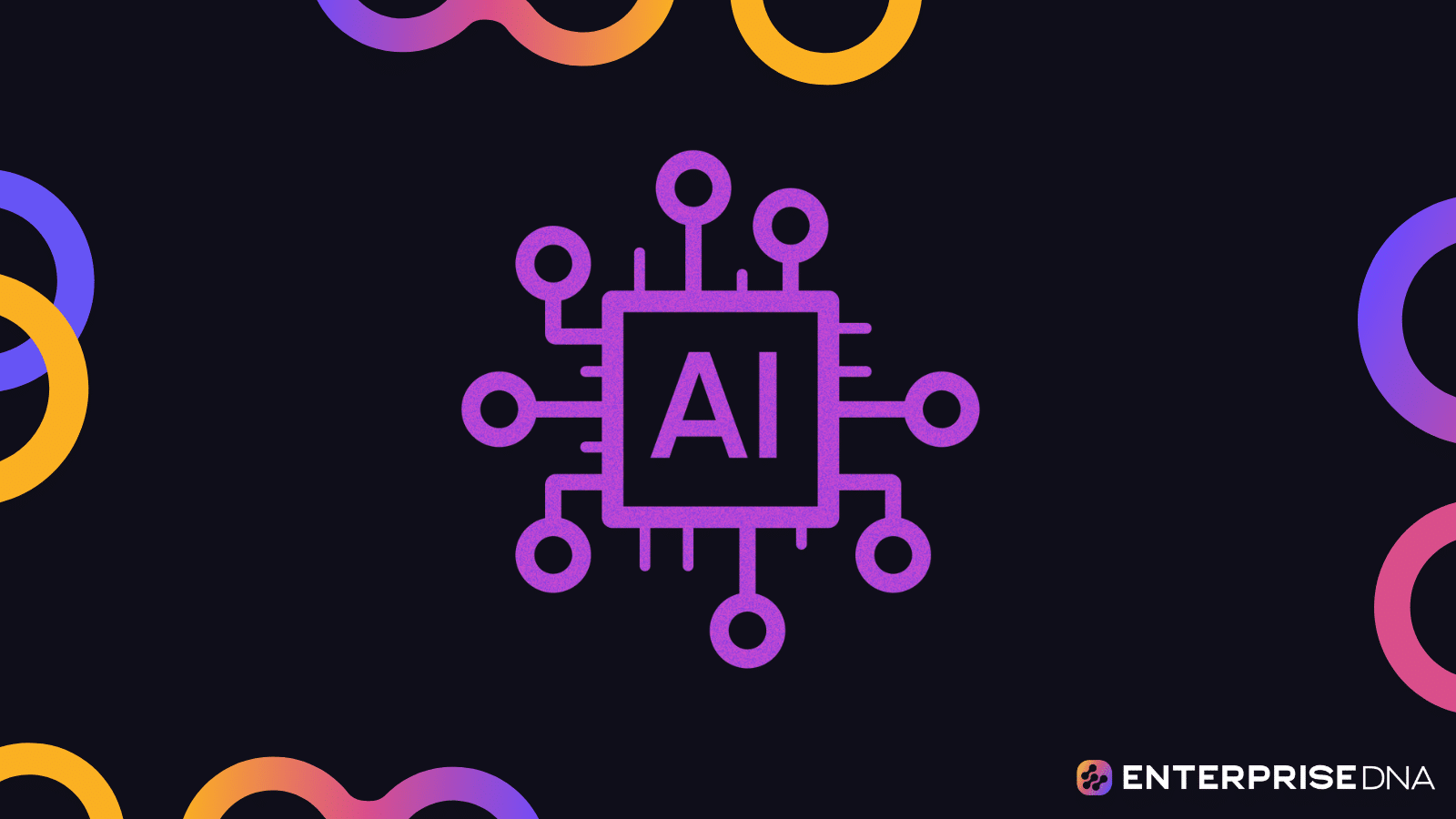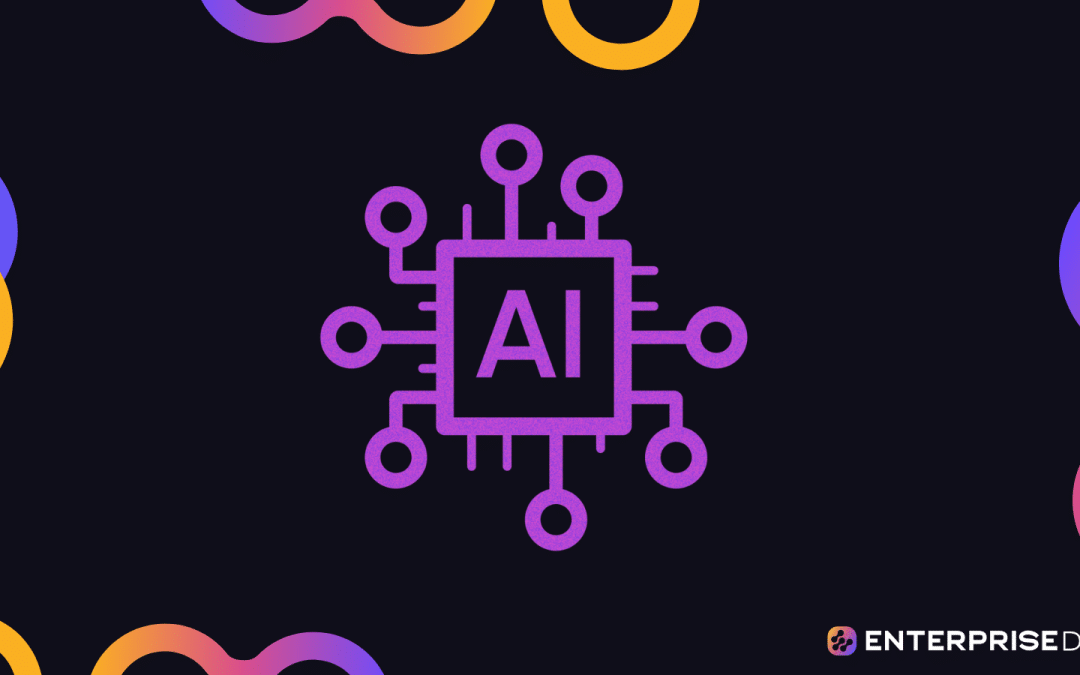Imagine if you had the power to teach a computer to make decisions and predict outcomes, just like a human brain. Sounds like science fiction, right? Well, it’s not. This is where deep learning comes in.
Deep learning is a subfield of machine learning that enables computers to learn from data and make decisions in a way that mimics the human brain. It is based on artificial neural networks, which are a set of algorithms designed to recognize patterns. Deep learning models can be used in a wide range of applications, including image and speech recognition, natural language processing, and medical diagnosis.
In this article, we’ll discuss the various deep learning models, their features, and how they can be applied in the real world.
What Are Deep Learning Models?
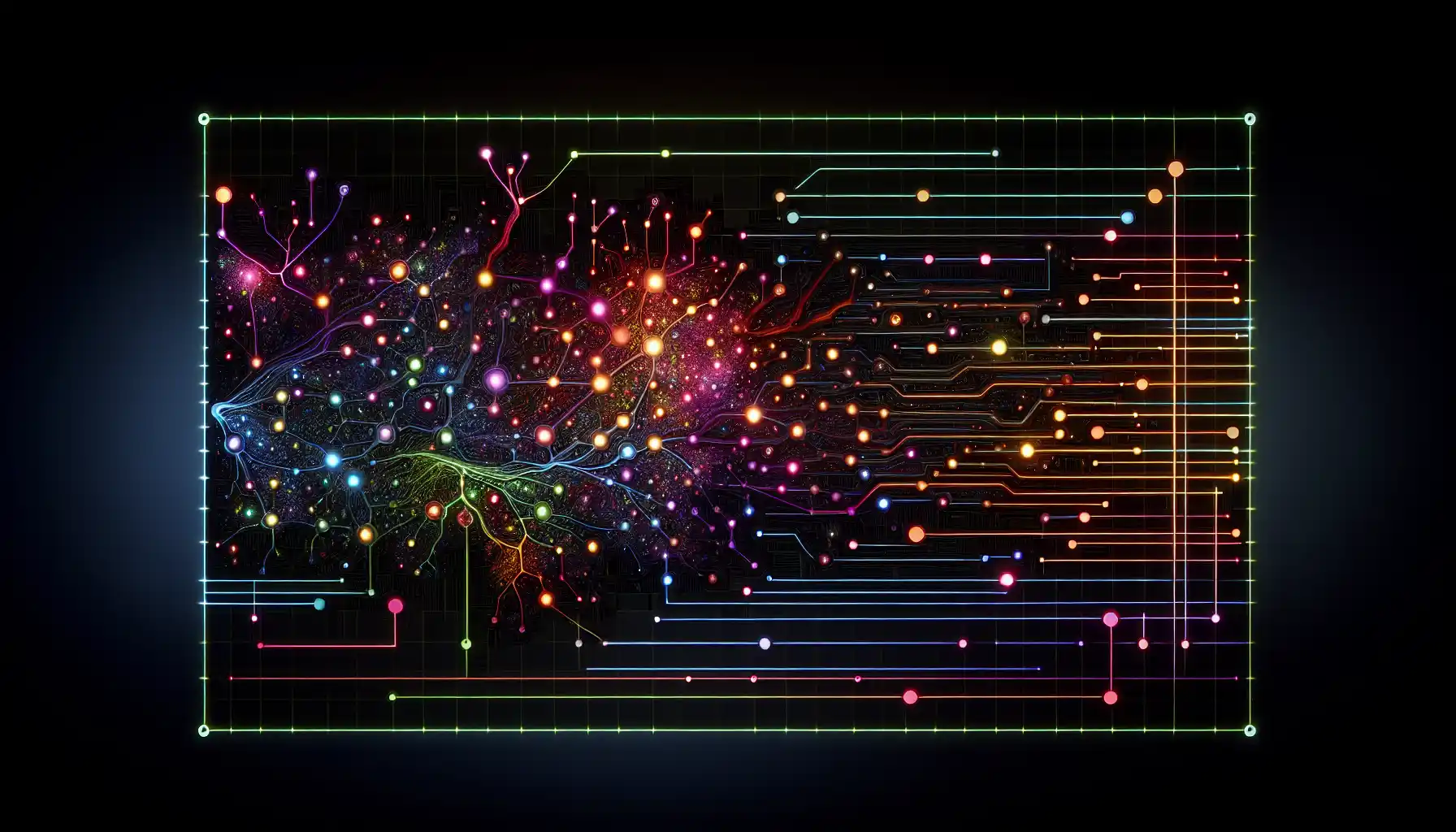
Deep learning models are a subset of machine learning models that are designed to imitate the way the human brain works. They can be used to recognize patterns, make predictions, and solve complex problems.
The key to their power lies in their ability to process and analyze vast amounts of data.
These models are built on artificial neural networks, which are a set of algorithms that are inspired by the structure and function of the human brain. These algorithms enable the model to learn from the data it is fed and improve its performance over time.
There are several types of deep learning models, and each has its own unique architecture and capabilities. Some of the most popular deep learning models include:
- Convolutional Neural Networks (CNN)
- Recurrent Neural Networks (RNN)
- Long Short-Term Memory (LSTM)
- Generative Adversarial Networks (GAN)
- Autoencoders
- Transformer models
- Deep Belief Networks (DBN)
Each of these models has its own strengths and weaknesses and is suitable for different types of tasks and applications.
One of the key features of deep learning models is their ability to work with unstructured data, such as images, text, and audio. This makes them well-suited for a wide range of applications, including image and speech recognition, natural language processing, and autonomous vehicles.
In the following section, we’ll discuss some popular deep learning models.
8 Popular Deep Learning Models

The deep learning models discussed in this section are used to solve a variety of problems, such as image and speech recognition, language translation, and more.
We’ll go over some popular deep learning models, including:
- Convolutional Neural Networks (CNN)
- Recurrent Neural Networks (RNN)
- Long Short-Term Memory (LSTM)
- Generative Adversarial Networks (GAN)
- Autoencoders
- Transformer Models
- Deep Belief Networks (DBN)
- Radial Basis Function Networks
1. Convolutional Neural Networks (CNN)
Convolutional Neural Networks are a type of deep learning model that is well-suited for tasks involving images. They are designed to automatically and adaptively learn spatial hierarchies of features from image data.
CNNs are made up of neurons with learnable weights and biases. Each neuron receives some input, performs a dot product, and applies a non-linear activation function. The architecture emulates the way the visual cortex works in animals, making them particularly effective for image recognition tasks.
CNNs have revolutionized the field of computer vision and are used in a variety of applications, including image classification, object detection, and image generation. They are also used in tasks that involve sequential data, such as speech recognition and natural language processing.
2. Recurrent Neural Networks (RNN)
Recurrent Neural Networks are a type of deep learning model that is well-suited for tasks involving sequential data, such as time series or text data. RNNs have connections that form directed cycles, allowing them to exhibit dynamic temporal behavior.
RNNs can be used in applications such as speech recognition, language modeling, translation, image captioning, and generating sequence data like music and text. One limitation of RNNs is that they struggle with learning long-term dependencies, which has led to the development of more advanced models like LSTMs and GRUs.
3. Long Short-Term Memory (LSTM)
Long Short-Term Memory (LSTM) is a type of RNN architecture that is specifically designed to address the vanishing gradient problem, which occurs when training standard RNNs. LSTMs have an internal memory state that can maintain information over long sequences, making them well-suited for tasks that require capturing long-term dependencies.
LSTMs have been used in a wide range of applications, including language modeling, speech recognition, machine translation, and image captioning.
4. Generative Adversarial Networks (GAN)
Generative Adversarial Networks (GANs) are a type of deep learning model that consists of two networks: a generator and a discriminator. The generator is trained to create fake data, while the discriminator is trained to distinguish between real and fake data.
The two networks are trained simultaneously, with the goal of the generator creating data that is indistinguishable from real data. GANs are used in applications such as image generation, image-to-image translation, and data augmentation.
5. Autoencoders
Autoencoders are a type of deep learning model that is designed to learn efficient representations of data by compressing and then reconstructing it. They consist of an encoder network that compresses the input data into a lower-dimensional representation and a decoder network that reconstructs the original input from the compressed representation.
Autoencoders have been used in a variety of applications, including denoising images, anomaly detection, and unsupervised feature learning.
6. Transformer Models
Transformer Models are a type of deep learning model that was introduced in 2017 and have since become the state-of-the-art for a wide range of natural language processing tasks. Unlike traditional RNNs, which process words in a sequence, transformer models process words in parallel, making them much faster.
Transformer models have been used in a variety of natural language processing tasks, such as machine translation, text summarization, and language modeling. They have also been used in tasks that involve sequential data, such as image captioning and speech recognition.
7. Deep Belief Networks (DBN)
Deep Belief Networks (DBNs) are a type of deep learning model that consists of multiple layers of stochastic, latent variables, called hidden layers, and can learn to represent the data in a hierarchical manner. DBNs are composed of a layer of feature detectors, followed by a layer of higher-level detectors, and so on.
DBNs have been used in a variety of applications, including speech recognition, image recognition, and natural language processing.
8. Radial Basis Function Networks
Radial Basis Function Networks (RBFNs) are a type of deep learning model that is used for classification, regression, and control. RBFNs are particularly well-suited for classification tasks because they can separate data in a high-dimensional space using a non-linear kernel.
RBFNs have been used in a variety of applications, including image recognition, time series prediction, and financial forecasting.
How To Choose The Right Model
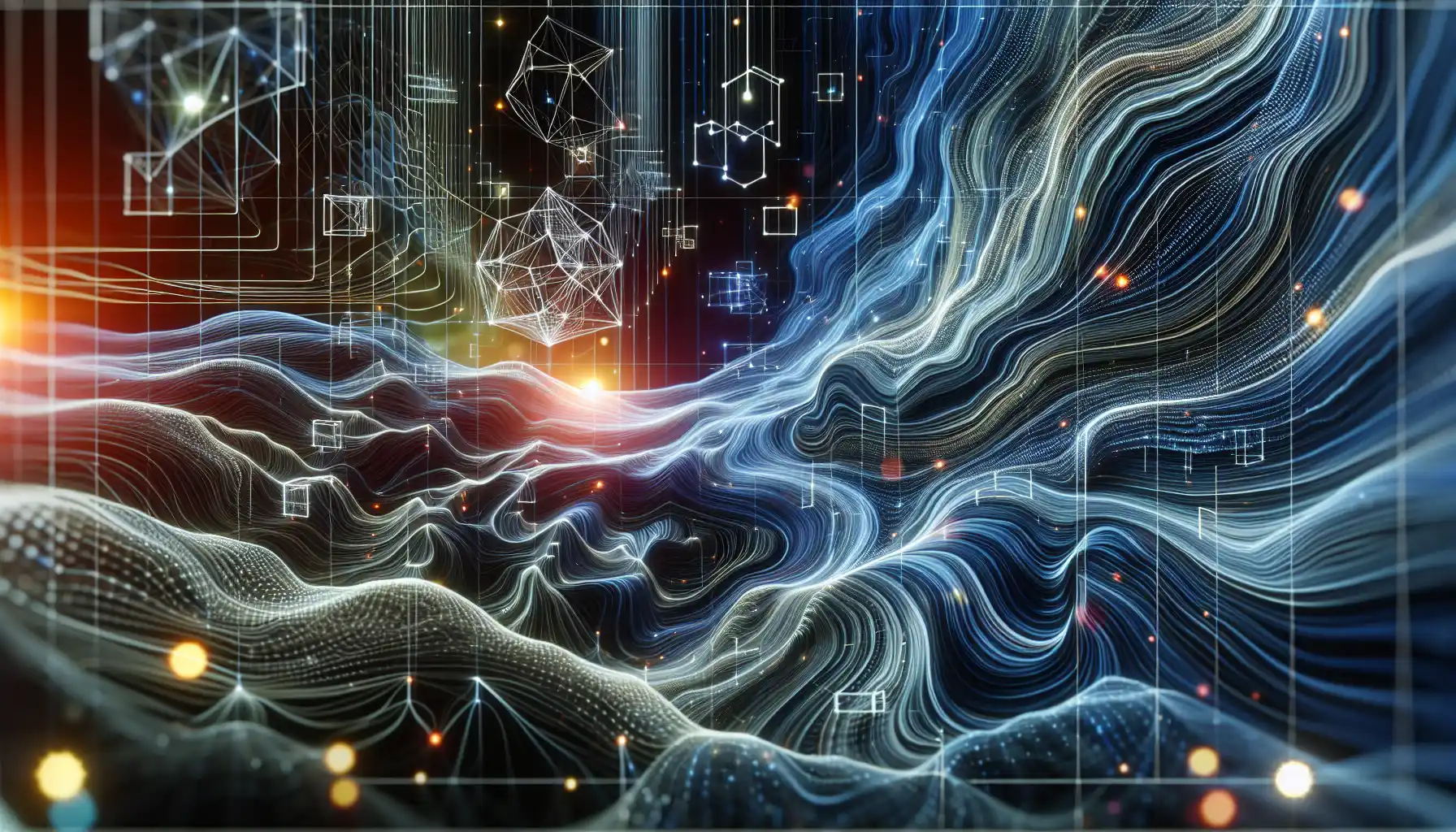
When working with deep learning, you have a wide range of models to choose from, and each has its own strengths and weaknesses. Selecting the right deep learning model can have a significant impact on the performance and accuracy of your model.
To help you choose the right model, we’ve listed some key factors you should consider:
- Type of data: Different models are better suited for different types of data. For example, Convolutional Neural Networks (CNN) are well-suited for image data, while Recurrent Neural Networks (RNN) are better for sequential data, such as time series or text data.
- Size of the dataset: Some models require a large amount of data to perform well, while others can work with smaller datasets. If you have a limited amount of data, you may want to choose a simpler model to avoid overfitting.
- Complexity of the problem: More complex problems may require more sophisticated models. For example, if you are working on a problem that involves understanding and generating human language, you may want to use a Transformer model.
- Interpretability: Some models are easier to interpret than others. If you need to understand how your model is making decisions, you may want to choose a model that provides more transparency, such as a decision tree or linear regression.
- Computation resources: Some models require more computational resources than others. If you have limited computing power, you may want to choose a simpler model or use techniques to reduce the complexity of your model, such as feature selection or dimensionality reduction.
It’s important to note that selecting the right deep learning model is often a process of trial and error. You may need to experiment with different models and parameters to find the one that works best for your specific problem.
How to Implement Deep Learning Models
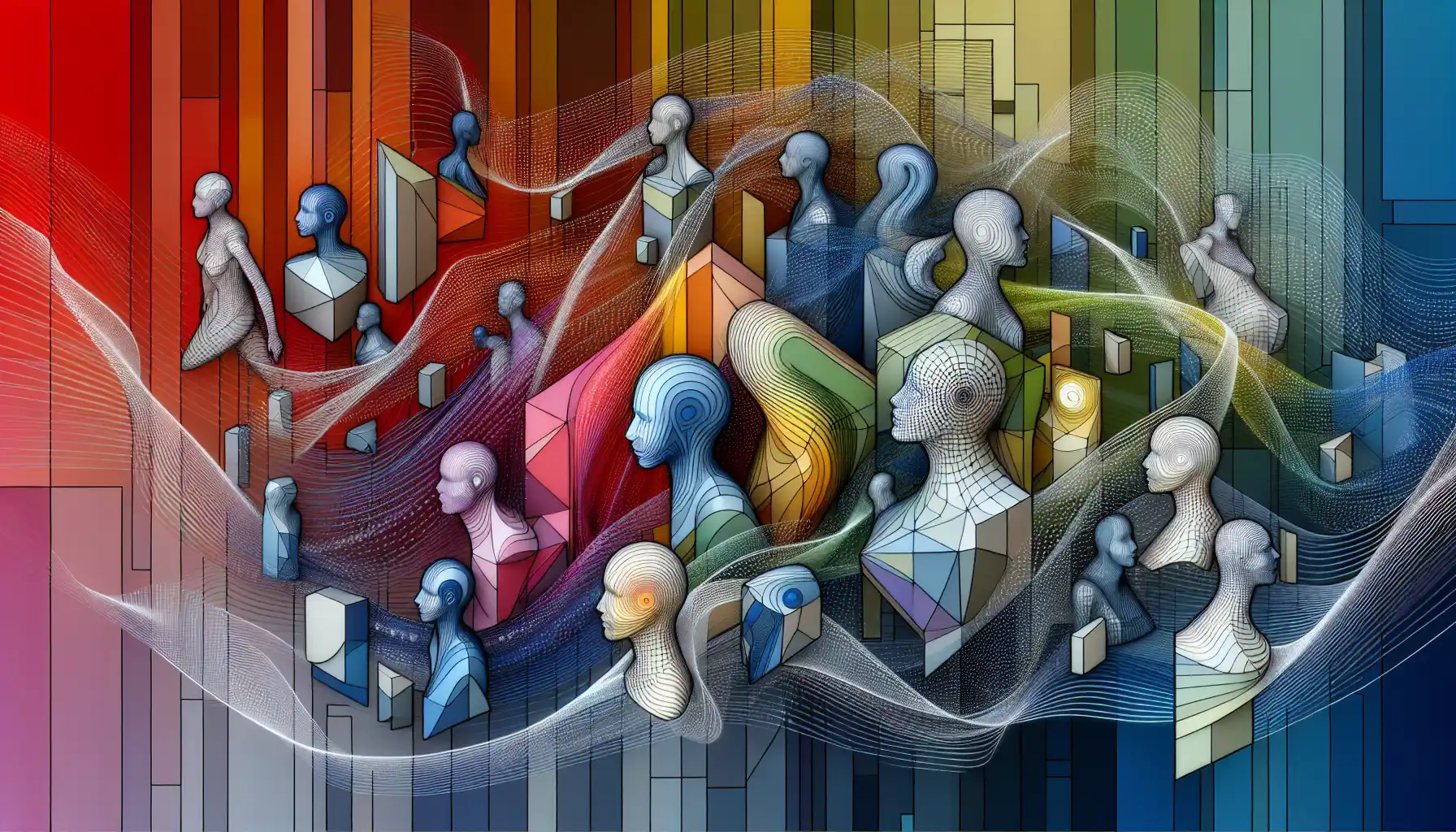
Now that you’re familiar with the deep learning models, you may be wondering how you can get started with them.
In this section, we’ll guide you on how to implement deep learning models.
1. Choose a Deep Learning Framework
The first step in implementing a deep learning model is to choose a deep learning framework. There are several popular deep learning frameworks available, including:
- TensorFlow
- Keras
- PyTorch
- Theano
- Caffe
- CNTK
Each of these frameworks has its own strengths and weaknesses, so it’s important to choose the one that best fits your needs and preferences.
2. Preprocess the Data
Once you have chosen a deep learning framework, the next step is to preprocess your data. Preprocessing is an important step in building a deep learning model because it can have a significant impact on the model’s performance.
Some common preprocessing steps include:
- Normalizing the data
- Splitting the data into training and testing sets
- Reshaping the data
- Converting the data into a format that can be used by the deep learning framework
3. Build and Train the Model
After preprocessing the data, you can now build and train your deep learning model. This typically involves the following steps:
- Choose a model architecture
- Define the model structure
- Compile the model
- Train the model
- Evaluate the model
The process of building and training a deep learning model can be time-consuming and requires a good understanding of the underlying concepts. However, with the right tools and knowledge, you can create powerful deep learning models that can solve a wide range of problems.
Final Thoughts
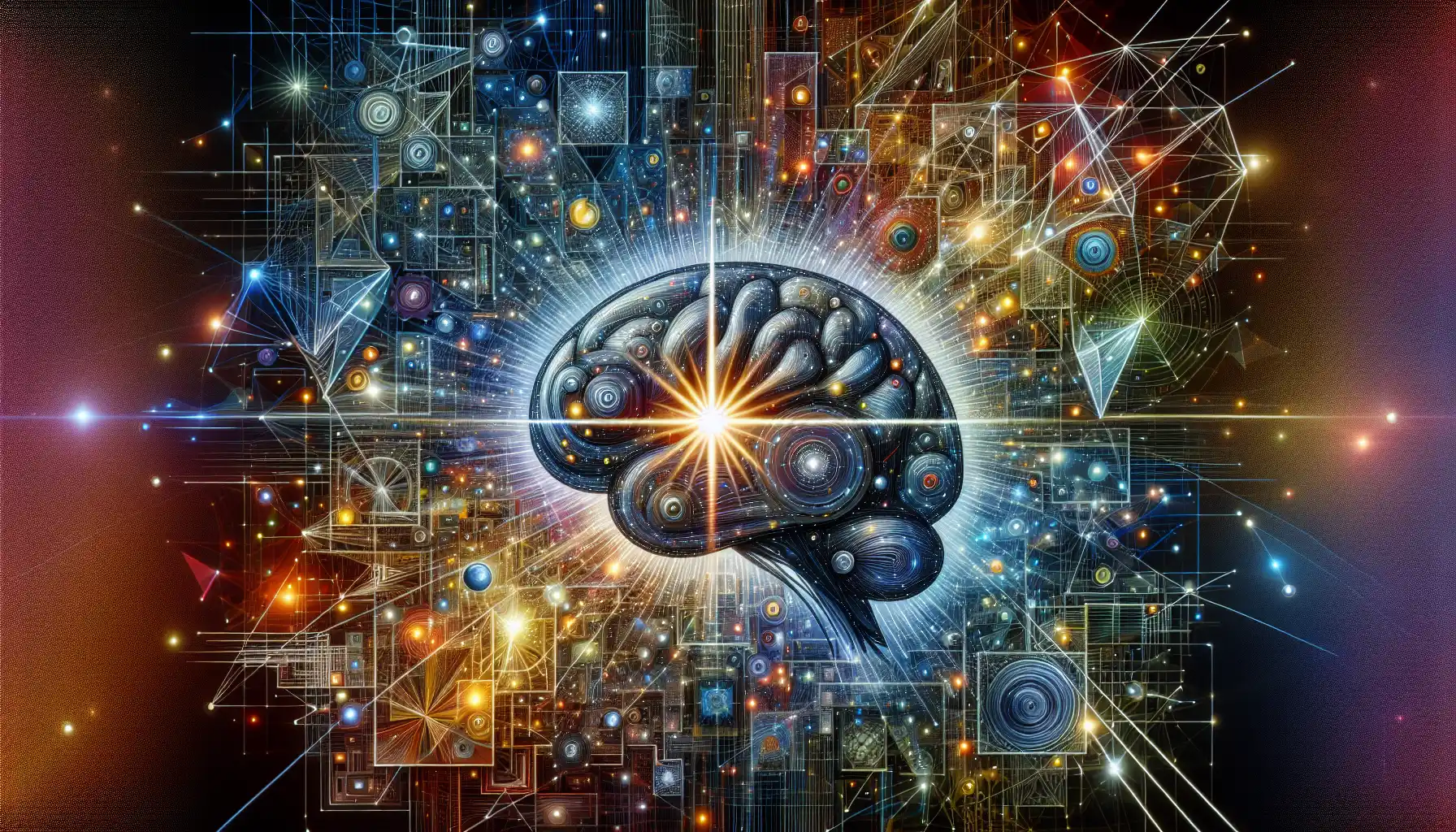
The world of deep learning models is vast and fascinating. These models have the potential to revolutionize the way we interact with technology and the world around us.
From image recognition to speech generation, the applications of deep learning models are virtually endless. But it’s not just about what they can do, it’s about how they do it. The complexity and elegance of these models, inspired by the human brain, are a marvel to behold.
As we continue to push the boundaries of what is possible, deep learning models will undoubtedly play a key role in shaping the future of technology and society as a whole.
Frequently Asked Questions
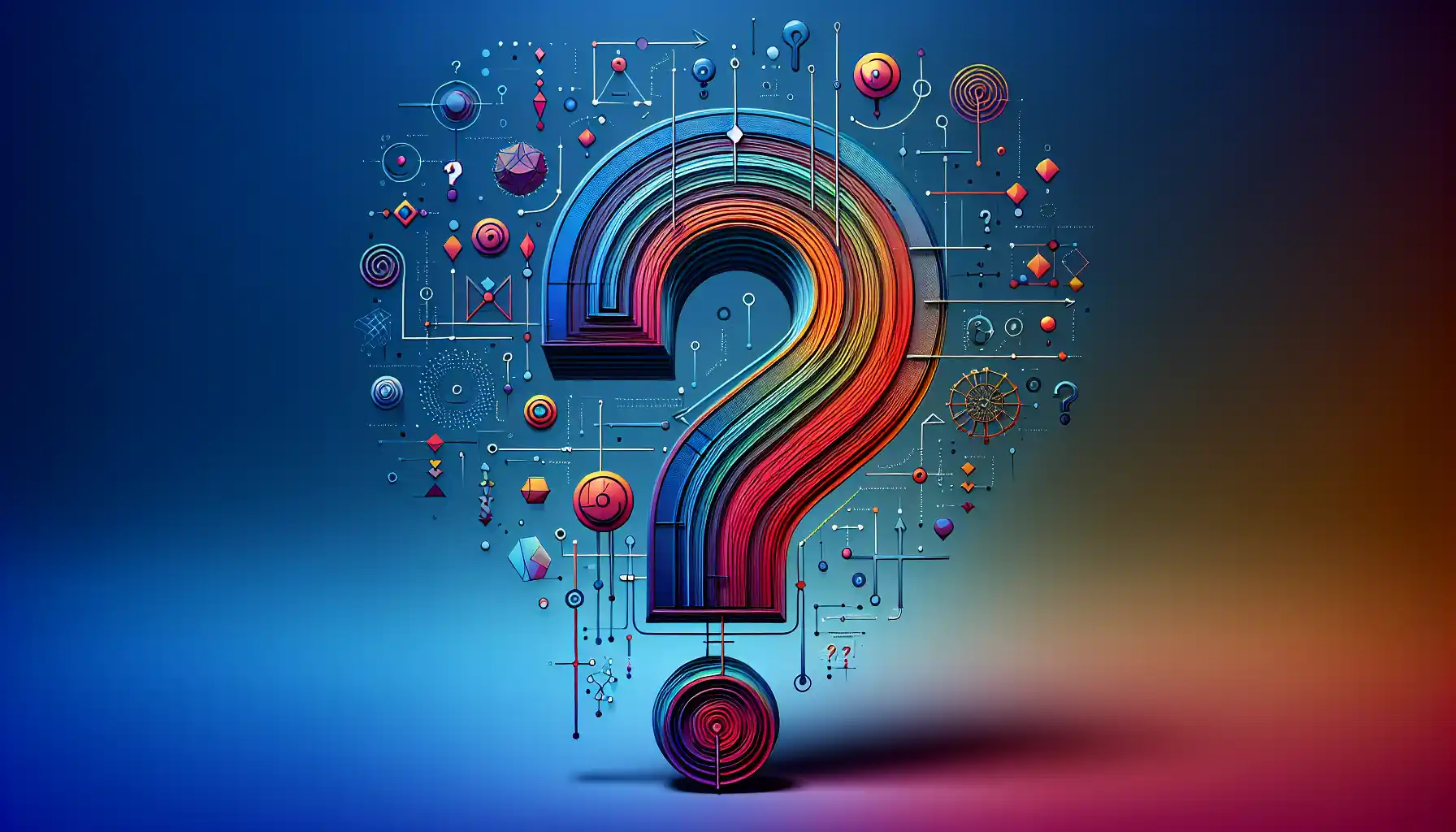
What is the most powerful deep learning model?
The most powerful deep learning model is difficult to determine, as it can vary depending on the specific task and the amount of data available. However, some of the most widely used and powerful deep learning models include the Transformer, which is commonly used in natural language processing, and the GPT-3, which is known for its impressive performance in various language-related tasks.
How to start building deep learning models?
To start building deep learning models, you should first gain a good understanding of the fundamentals of machine learning and deep learning. Once you have a solid foundation, you can start by learning how to use popular deep learning frameworks, such as TensorFlow and PyTorch, and then gradually work your way up to building and training your own deep learning models.
What are the top deep learning model architectures?
Some of the top deep learning model architectures include Convolutional Neural Networks (CNNs) for image recognition tasks, Recurrent Neural Networks (RNNs) for sequence modeling and time-series data, and Long Short-Term Memory (LSTM) networks for tasks that require capturing long-term dependencies, such as speech recognition and machine translation.
What is the difference between a neural network and a deep learning model?
A neural network is a computational model that is inspired by the structure and function of the human brain. It is composed of interconnected nodes, or neurons, that work together to process and learn from data. A deep learning model is a specific type of neural network that has multiple hidden layers, allowing it to learn from data in a more complex and hierarchical manner.
How to build a deep learning model from scratch?
Building a deep learning model from scratch involves several key steps. First, you should define the architecture of your model, including the number of layers, the type of neurons, and the connections between the neurons. Next, you should initialize the model’s parameters, such as the weights and biases. Finally, you can train the model using an optimization algorithm, such as gradient descent, and evaluate its performance on a validation dataset.
How many types of deep learning models are there?
There are numerous types of deep learning models, each designed to solve specific types of problems. Some of the most common types of deep learning models include feedforward neural networks, Convolutional Neural Networks (CNNs) for image recognition, Recurrent Neural Networks (RNNs) for sequence modeling, and Long Short-Term Memory (LSTM) networks for tasks that require capturing long-term dependencies.

